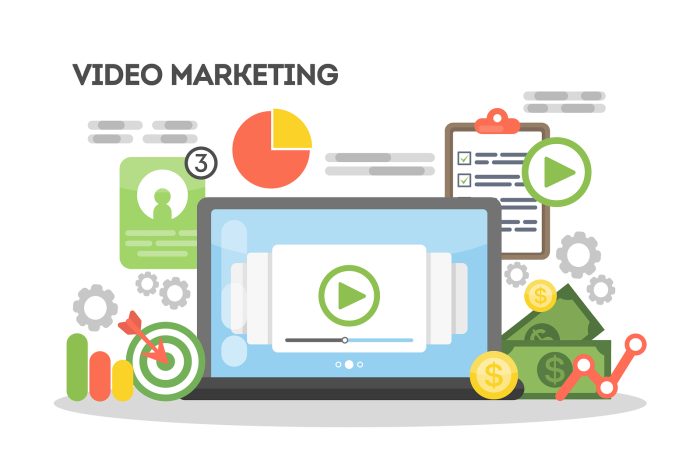There has been a lot of discussion about the difference between videos that sit on your website ie. “on-site video” vs. videos that play on social media “social media videos” So, we wanted to clear up the confusion right here. Below, you’ll find a list of the key differentiators and some useful business video tips. Let’s take a look at the facts behind on-site videos vs. social media videos.
What are on-site videos?
These videos are typically displayed on a company’s website or landing page. They’re used to tell the story of a company or brand. These videos may explain a complex product or detailed process or give a general overview. There are many different use cases for these videos.How long should an on-site video be?
It depends on the purpose of the video. Let’s look at some of the most common uses for on-site video.Educational or product related
If the goal is to use the video to explain a detailed process or show the nuances of a specific product offering, it’s okay go a little longer. 2-3 minutes is fine for this purpose. When you start to go above the 3-minute mark, there’s usually a drop off that occurs. These videos aren’t always used for conversion. However, often times they clear up any confusion that might exist. This has a positive impact on the viewers’ perception of a brand or offering. This can help turn a viewer into a customer. When it comes to on-site videos vs. social media videos, product related videos tend to work well on-site. Here’s a great example of an educational video that runs about 2 minutes in length. The title of this video is “What is Pressure?” It explains and educates the viewer on what pressure is and technically how it works.Conversion video ( for homepage or landing page)
If the goal is to drive a call to action like a filling out a lead form, it’s best to keep it below 90 seconds. We’ve found that 70-80 seconds tends to be the sweet spot for conversions. Here are a few tips: Less is more – You only have about 80 seconds. There is only so much you can say within that time frame. Key in on a problem – There is no right or wrong way to introduce a video. Every video is different. Still, one way we have seen success is by using common pain points of viewers in the introduction. Here is an example of an opening we did for a client Autocrit, a super intuitive software for authors.Problem:
- “We get it! Writing fiction is tough and editing it is even more grueling. Those hours spent polishing your prose so people won’t just read your stories..they will fall in love with them.


